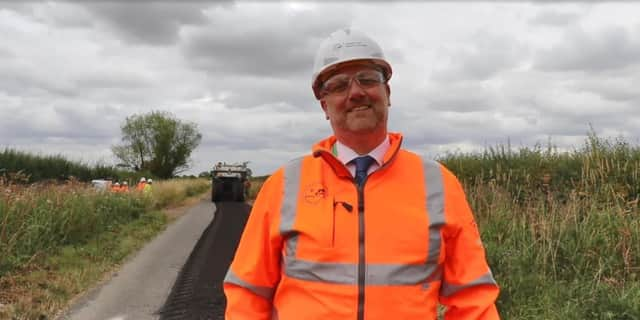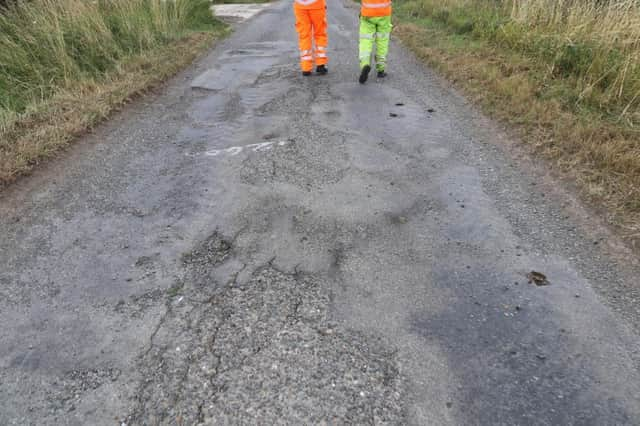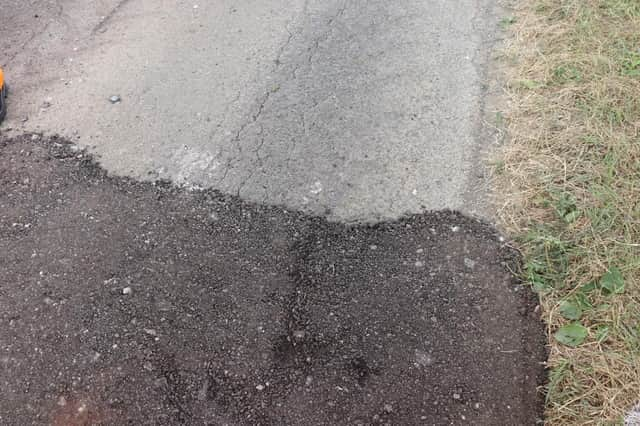Bucks Council announced it will use new specialist technology to repair some of the ‘most damaged’ roads in the county, according to Bucks Herald.
All four roads earmarked for this hi-tech challenge are located in Aylesbury Vale, including a route near Buckingham.
Chapel Lane and Akeley Road in Akeley will get the specialist treatment alongside routes in Marsh Gibbon and Edgcott.
Marsh Gibbon Road and Shipton Road in Edgcott, plus Heet Road in Marsh Gibbon are the other selected routes.

A Bucks Council spokesperson said: “In the first phase of this work, specialist machinery is being used to pulverise the old surface material and reuse it alongside new materials, a technique which reduces the council’s carbon footprint, saves money and resources and allows long-lasting repairs to be made more quickly.”
Bucks Council revealed work is already underway on the project.
The roads targeted require additional improvement work the local authority advises.
And refilling the potholes alone won’t fix the problem, the council says.
Classed as ‘falling roads’, these routes are generally more rural roads, originally simple tracks, that were never designed to carry the amount of traffic they now do.

In these cases as traffic levels have increased over the years, the road surfaces have deteriorated and foundations subsided to such an extent that normal plane and patch repair work is not enough.
The project forms part of the council’s four-year £100 million road improvement scheme.
Highway engineers employed by the local authority identified the roads after completing technical assessments on the surface.
The council has chosen roads that won’t receive additional attention from HS2 or East West Rail projects.
Roads were ranked based on how desperately they needed improvement and the four aforementioned Aylesbury Vale routes came out on top.
A Bucks Council spokesperson added: Crews break up the existing road surface. “These materials are then pulverised on site, spread out and compacted to create a level surface. A small amount of cement mixed with water, binds the materials together and creates a solid structure. The surface is then covered with bitumen and stone chippings, sealing it to prevent water getting in.
“The process is specifically designed for rural roads with a relatively low volume of traffic and would not be suitable on bigger roads with higher traffic flows.”
The process is seen as quicker, with less impact on air quality, offering a way to improve roads while producing a smaller carbon footprint and cheaper with fewer materials required per square metre.

Councillor Steven Broadbent said: “The use of this recycling approach in this latest programme is a great example of where we are thinking differently to make the improvements we need while achieving value for money and environmental benefits too.
“Although it is not designed for larger roads, it is an approach that is ideal for some of the smaller roads where repairs are needed. It is just one element of our wider and longer term investment in Buckinghamshire’s roads, during which we will make use of the best techniques with available resources, to improve as many of our roads as possible for residents and road users.”




